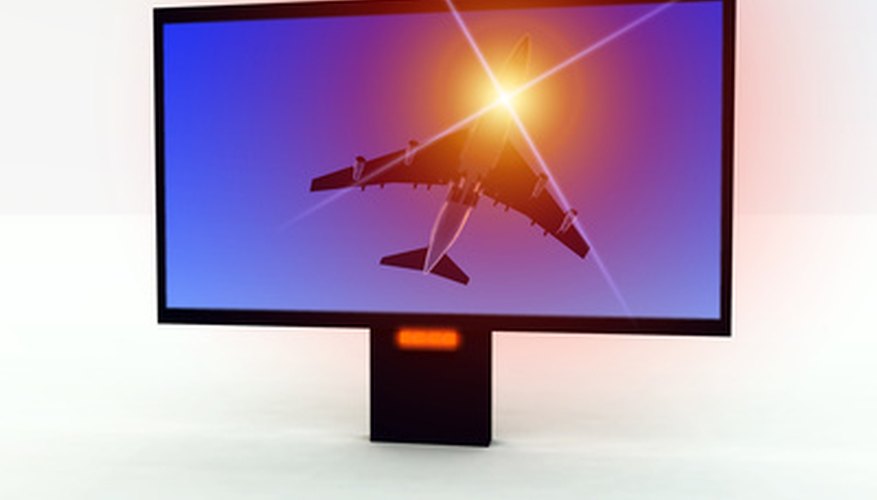Audio malfunctions like hissing, popping or a loss of audio signal altogether are common technical issues that TVs of any make or model can sometimes experience. While high-definition LCD TVs require some specialised troubleshooting techniques to restore your audio to its full functionality, even the most technophobic user can resolve audio distortion on an LCD TV using just a handful of basic steps.
Reset the TV by powering it off and unplugging its power cord for 30 seconds. Plug the power cable back in and power the TV on. Check the audio to see if the distortion has been resolved.
- Audio malfunctions like hissing, popping or a loss of audio signal altogether are common technical issues that TVs of any make or model can sometimes experience.
- Check the audio to see if the distortion has been resolved.
Reseat the input connection cable on the TV's input control panel. For example, if you hear the audio distortion while watching cable TV connected via a traditional coaxial cable, unscrew the coaxial cable, check the copper needle running through the cable for any bending or damage, wipe down the coaxial connection on the TV to discharge any static electricity, and screw the cable back on. Check the audio to see whether any distortion is still present.
Check other channels on your cable channel line-up to see whether the audio distortion is on more than one channel. If the distortion is only on one channel, check the same channel on other TVs in your house to see whether that channel may be experiencing an outage or degradation.
Check the video inputs on the TV by pressing the input selection control, usually labelled "Input," "Source," "TV/Video" or something similar. If you hear the humming sound on all video inputs, the TV's audio components are most likely experiencing a malfunction and the TV needs to be serviced. If you only hear the humming on one or more cable TV channels but not on any video inputs, contact your cable TV provider to report a possible weak coaxial signal going to that TV.
